From the middle of summer until the very frost, many homesteads, summer cottages and front gardens are decorated with bright bushes garden chrysanthemum... The plant blooms even when many flowers have already wilted after the first frost. Even the most experienced gardeners are amazed at the variety of flower colors, types and shapes. You can learn about the varieties and features of growing the "Queen of Autumn" by reading our article. A photo of chrysanthemums will help you choose the types of flowers suitable for the garden.
Content
Varieties and varieties of garden chrysanthemums with photos
Garden chrysanthemum is a perennial plant whose height depends on the species and can be from 15 to 150 cm... Currently, a large number of varieties of chrysanthemums are known, which, according to some features and characteristics, are combined into groups.
The size of the inflorescences
Perennial chrysanthemums are divided into three groups by flower diameter:
- small-flowered;
- mid-flowered;
- large-flowered.
Small-flowered or Korean plants can be simple and double. A large number of inflorescences grow on one bush with a flower diameter of 2-10 cm... The bushes themselves can reach a height of 25 to 120 cm. The leaves of the plant are shaped like oak leaves. Flowers are frost-resistant, undemanding to the composition of the soil and easy to care for. Their bloom begins in mid-September and lasts until the very frost.
Mid-flowered or ornamental chrysanthemums can be grown not only for garden decoration, but also for cutting. They also grow well in pots at home. They can be used to decorate balconies, loggias and terraces. Ornamental shrubs grow up to 30-70 cm, and have a flower diameter of 10-18 cm.
Large-flowered chrysanthemums are spectacular tall plants. The length of their stem can reach from 80 to 120 cm. They bloom in large flowers with a diameter of 10-25 cm. This type of chrysanthemum does not tolerate frost well. Only some of its varieties can winter outdoors. Such flowers are intended mainly for cutting into bouquets.
The shape and height of the bush
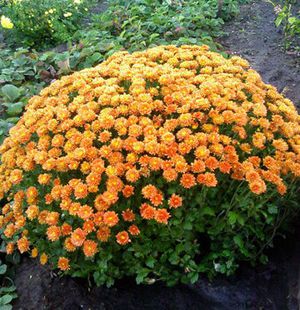 According to the shape and height of the bush, garden chrysanthemums are divided into three types, each of which has many varieties.
According to the shape and height of the bush, garden chrysanthemums are divided into three types, each of which has many varieties.
Tall. The stems of this type of garden chrysanthemum can be very tall and require supports in the form of frames, metal nets, or wooden pegs. Supports are installed during planting of bushes. Plants planted in a group can be used as a hedge. Most popular varieties tall garden chrysanthemums are:
- "Amber Lady" - the plant is distinguished by golden inflorescences.
- "Umka" - chrysanthemums with white flowers, the shape of which resembles a pompom.
- "Daughter of Rosetta" is strewn with flat inflorescences with flowers of pink and white shades.
Medium-sized.Bushes growing up to 30-50 cm look very impressive both on a flower bed and along paths, fences, arbors. With their help, you can realize various design fantasies. The best varieties of medium-sized garden chrysanthemums are considered:
- "Dawn" - the plant has a yellow-brown color, which is just right for the autumn mood.
- "Dune" is a truly magical variety, the flowers of which can change their color during flowering. They bloom yellow-brown, and after a few days they turn yellow-gold.
- "Lily" will help to add brightness to any composition with its dark crimson flowers.
Curb. Small plants grow up to only 30 cm. This type of chrysanthemum is considered one of the most beautiful garden flowers. Bushes of border chrysanthemums ball-shapedcovered with small flowers. The most popular varieties in this group are:
- "Varvara" is a plant with delicate lilac-purple flowers.
- "Evening Lights" - the variety is distinguished by scarlet inflorescences that resemble a festive fireworks.
- The "Talisman" is strewn with bright beetroot-crimson flowers.
Flower shape
Garden chrysanthemums have five different kinds of flower shapes:
 Pompom flowers are an assembly of tongues that are collected in a ball that resembles a pompom.
Pompom flowers are an assembly of tongues that are collected in a ball that resembles a pompom.- Anemoid flowers consist of large petals, which are collected in one, two or three rows. The flowers themselves are small and very similar to anemone flowers.
- Single-row and double-row inflorescences are bordered by flowers that look like tongues. In the center of such inflorescences, small tubular flowers grow. The border of flowers can be arranged in one or two rows.
- Semi-double flowers consist of three rows of reeds that are arranged around a central flower.
- Terry inflorescences are similar to semi-double, but their flowers are more lush, since they are diverse in appearance and shape.
Garden chrysanthemums - planting and care
It is recommended to plant a plant during the period from late May to mid-June... Until autumn, the bushes will have time to take root and get stronger. And then they will not be afraid of any winter frosts.
Landing features
Chrysanthemums love sunny areas. The plant requires a lot of light to set flower buds. Even in partial shade, chrysanthemums will not bloom.
The soil must be rich in organic matter. Therefore, during digging, one bucket of manure, compost or peat must be added to one square meter of soil. You do not need to add more organic matter, otherwise only leaves will grow rapidly on the bush, and the plant will bloom with very small flowers.
When planting a garden chrysanthemum, it is recommended:
 For large bushes, the distance between the holes should be at least 50 cm, and for small bushes - 25 cm.
For large bushes, the distance between the holes should be at least 50 cm, and for small bushes - 25 cm.- It is recommended to add drainage or sand to each hole.
- When planting, the plant cannot be deeply deepened into the ground.
- Near large, tall bushes, you must immediately install a support.
- The leaves of the plant can be sprayed with Epin, which will help it adapt better. "Kornevin" is also suitable, with a solution of which the bush is watered.
- If frosts are still expected, then the young bush should be covered with non-woven material at night.
Care rules
When caring for a garden chrysanthemum, special attention should be paid to watering it, since the plant depends on soil moisture level... You need to water the bushes in a timely manner, otherwise the flower will throw off all the buds.
The amount of water for watering one bush depends on its characteristics. Plants with small, stiff leaves can be watered less frequently than bushes with soft, large leaves that evaporate a lot of moisture.
Chrysanthemums respond well to feeding. For this, complex mineral fertilizers with magnesium and potassium content, and organic in the form of humates are used. During the active growth of green mass, the plant is fed with nitrogen.
Caring for garden chrysanthemums involves forming a bush. It is necessary regularly pinch and trim... For the first time, the top of the plant is removed when the central shoot grows to 10 cm. After a while, when the lateral shoots grow up to 10 cm, they also pinch the crown. After that, the bush grows to bloom.
During the period when the chrysanthemum blooms, faded and wilted buds should be regularly removed from its bush. This way you can extend the flowering period.
If you want to get large beautiful flowers, you can make a total pruning of side shoots. As a result, only one stalk and one peduncle will remain on the bush. All the forces of the plant will go to the formation and growth of the flower.
Winter garden chrysanthemum care
 In order for a plant planted in the garden to bloom as beautifully and profusely next year, you need to make sure that it overwinters well.
In order for a plant planted in the garden to bloom as beautifully and profusely next year, you need to make sure that it overwinters well.
In frosty winters even cold-resistant varieties require shelter... Therefore, after the end of flowering, the stems of the bushes are cut to the ground. The plant is huddled and covered with fallen leaves.
Chrysanthemums with large flowers are afraid of freezing temperatures. Therefore, they need to be dug up together with an earthen clod and planted in a suitable container. Plants are stored before planting in spring in a room with a temperature of 0-5 degrees. Caring for them consists in rarely watering an earthen coma, which should not dry out.
Diseases and pests of perennial chrysanthemums
With proper care, the plant is rarely affected by pests and practically does not get sick. However, the bushes need to be inspected regularly in order to identify the problem as soon as possible and begin to treat the plant. The threat to garden chrysanthemums is:
- A spider mite is a pest that sucks juice from a plant. It can be found by the spider webs on the back of the sheet. If the leaves of a chrysanthemum turn gray-brown, begin to darken and fall off, then, most likely, a tick has settled on it. The plant must be treated with special chemicals.
- Leaf nematodes - the disease is manifested by deformation of the leaves, and their darkening between the veins. In this case, you need to change the soil and cut off the damaged areas.
- Verticillosis is an infectious disease that spreads through the roots. Therefore, the leaves begin to turn yellow and wither from the bottom of the bush. In the initial stages, spraying with biological products will help.
- Powdery mildew first affects the leaves and buds, on which a white bloom appears. The affected parts of the plant are removed, and the bush itself is treated with Bordeaux liquid.
Reproduction of bush chrysanthemum
Chrysanthemum can propagate in three ways:
- dividing the bush;
- seeds;
- by cuttings.
Dividing the bush
Bushes can be divided in the spring, but only after the threat of frost has passed. For chrysanthemums to bloom better, it is recommended to divide their bushes every three years. For this, the plant is carefully dug up and divided into several small bushes. The roots of the plant will need to be cut. Delenki are planted in the ground and watered.
Seed reproduction
In open ground sowing is done in May... For each future plant, a separate hole is dug, the distance between which should be 25 cm. 3-4 seeds are buried in one hole. For the first time, chrysanthemums should bloom at the end of summer.
Cuttings
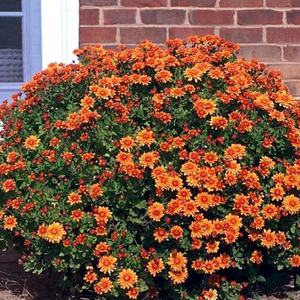 Propagation by cuttings is the easiest way, since chrysanthemums take root quickly and well.
Propagation by cuttings is the easiest way, since chrysanthemums take root quickly and well.
- A stalk with 3-4 leaves is cut under a leaf pattern. Its length should be 6-8 cm.
- The container is filled first with peat, and then with sand, into which the stalk sits.
- The soil is sprayed and the box is covered with glass.
The rooting temperature should be between 13-15 degrees. When the roots appear, the cuttings will need transplant into separate pots... Young bushes are planted in open ground only when frost has passed.
Observing the rules of planting and caring for garden chrysanthemums, you can achieve a beautiful and spectacular flowering during half of the summer and almost all of autumn.Any part of the garden, where the "Queen of Autumn" will grow, will become a luxurious decoration of the garden.
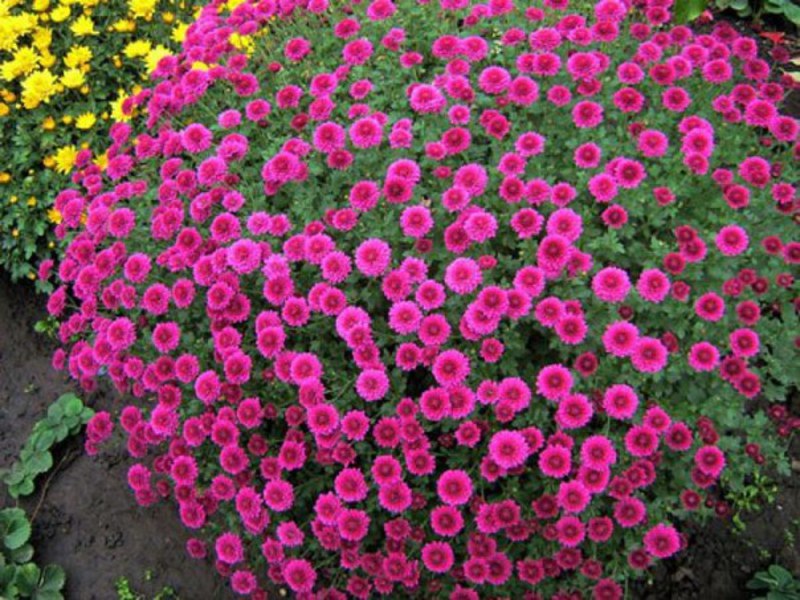
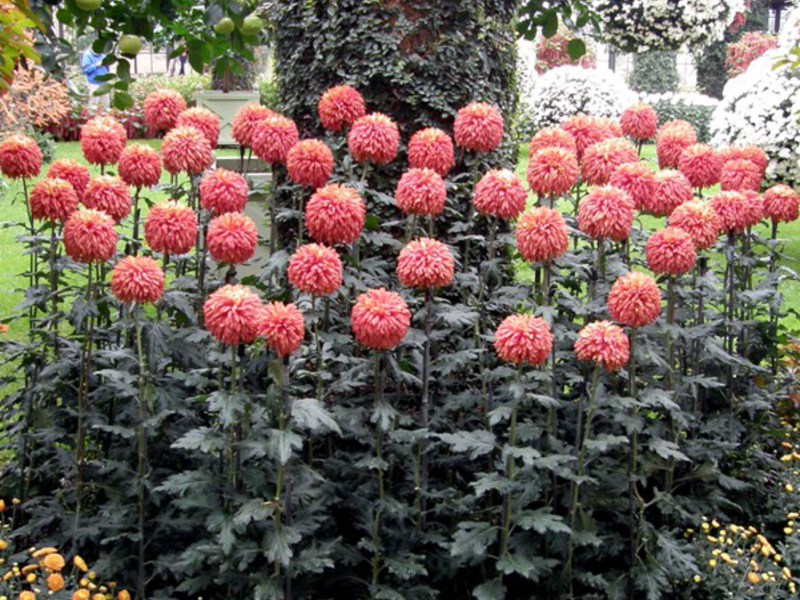
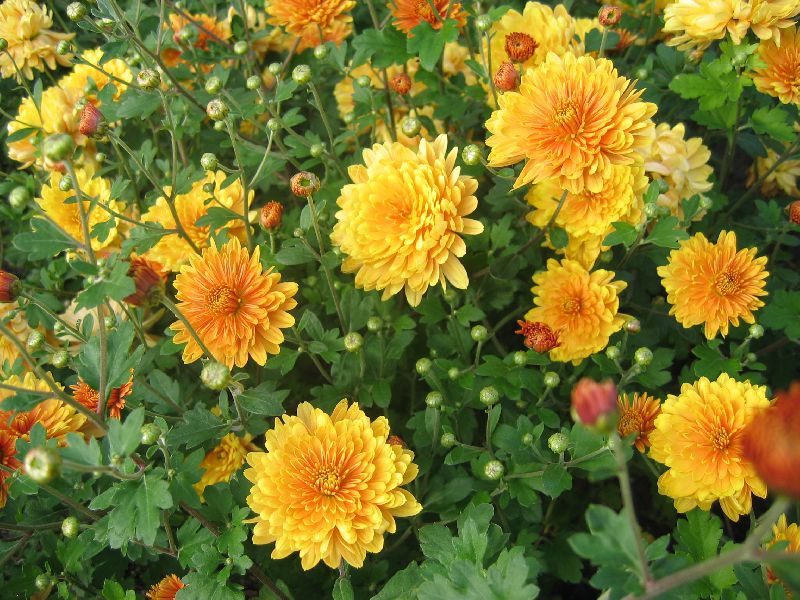
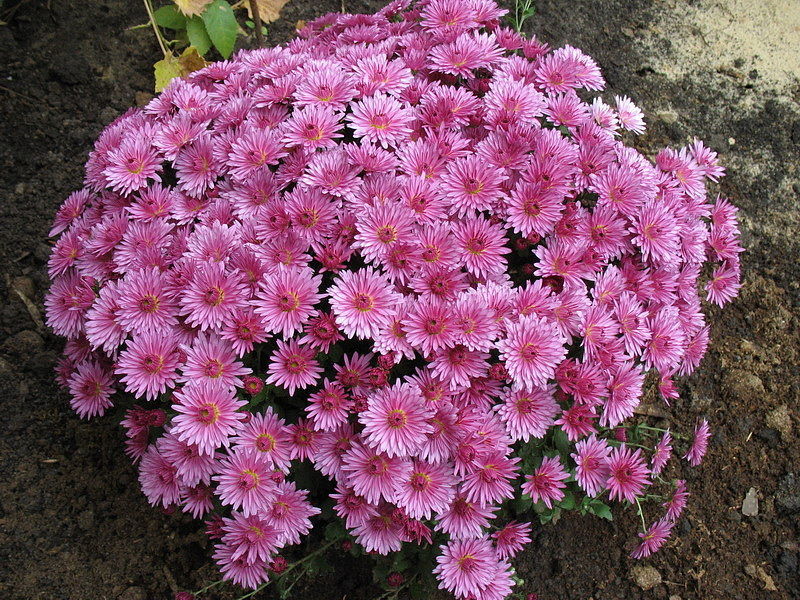
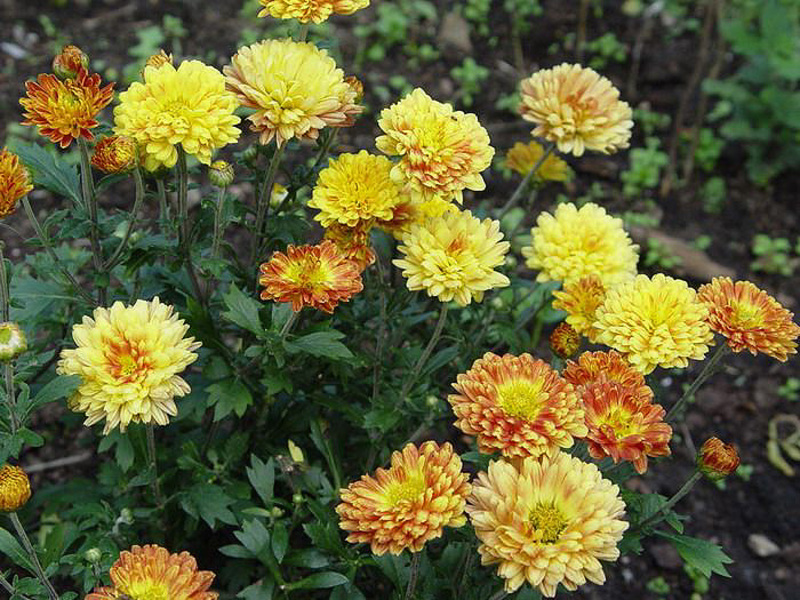
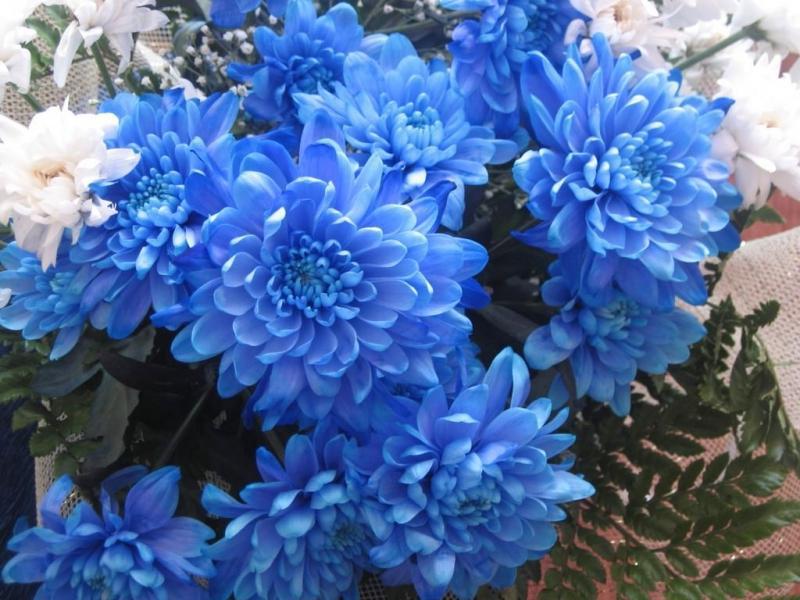
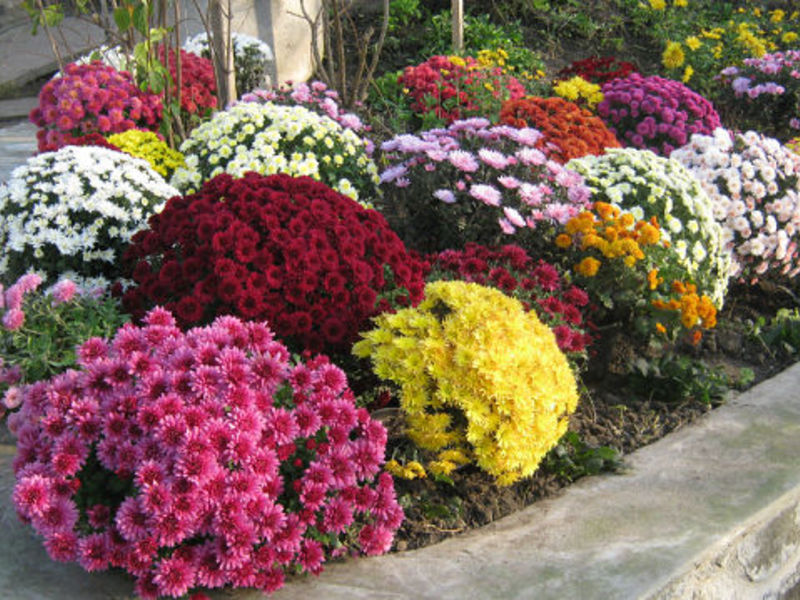
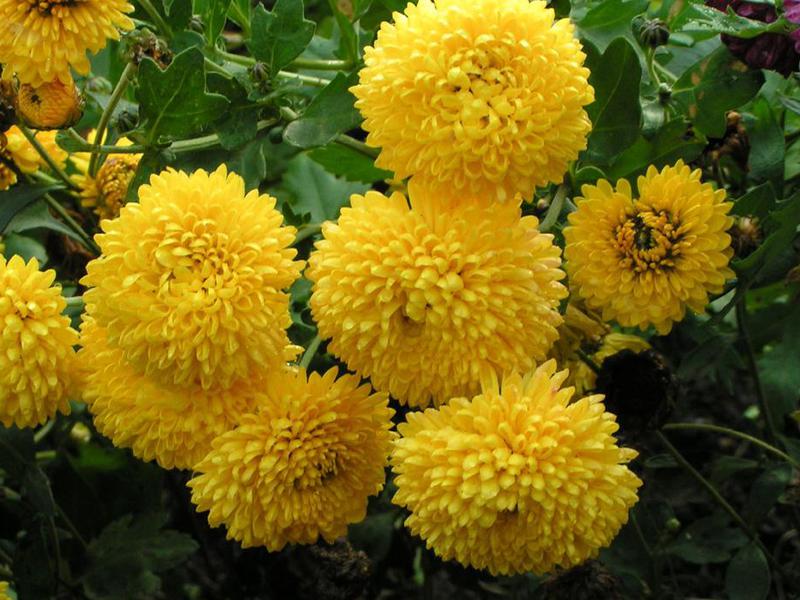
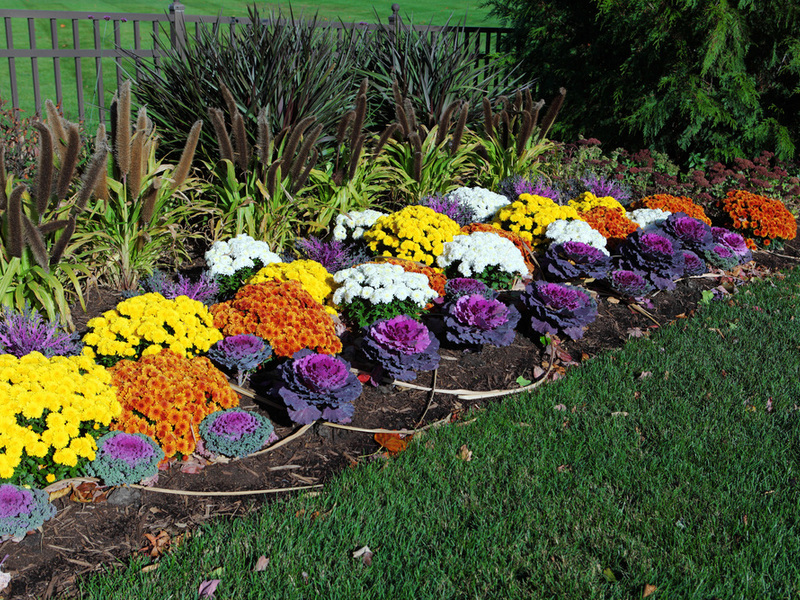
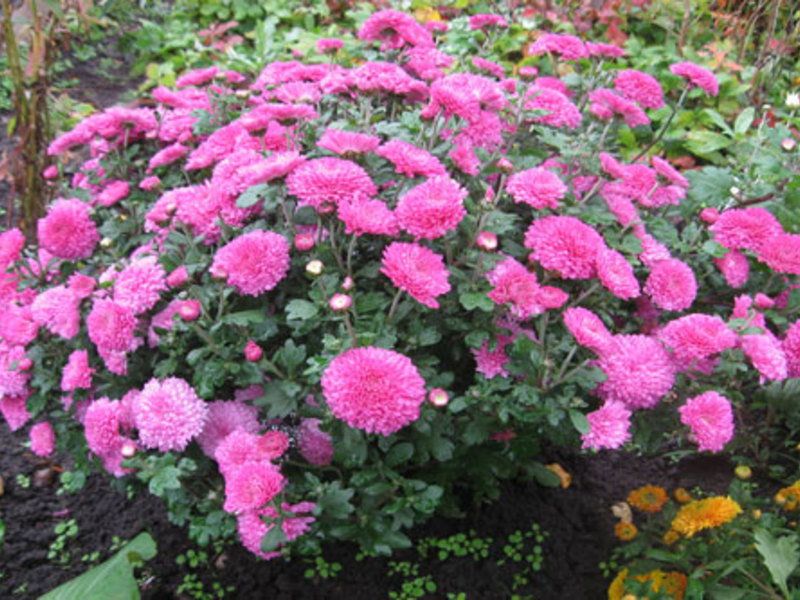
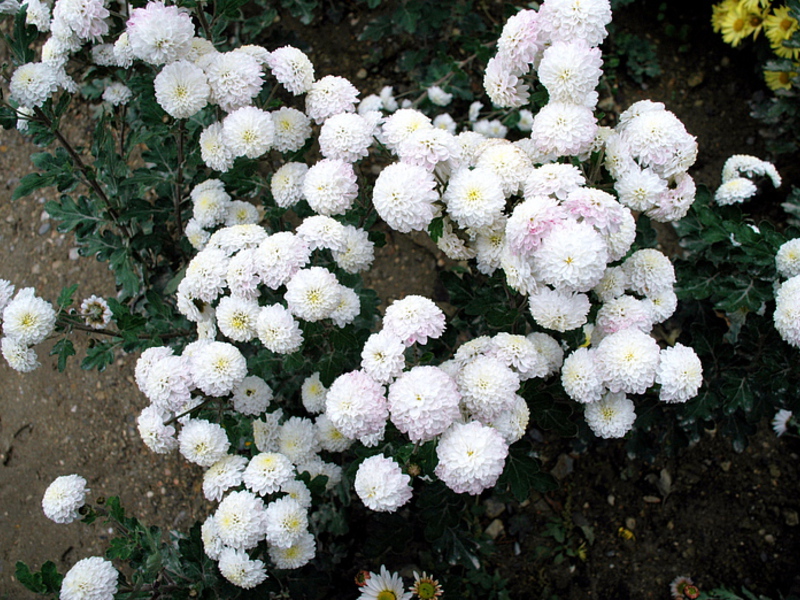
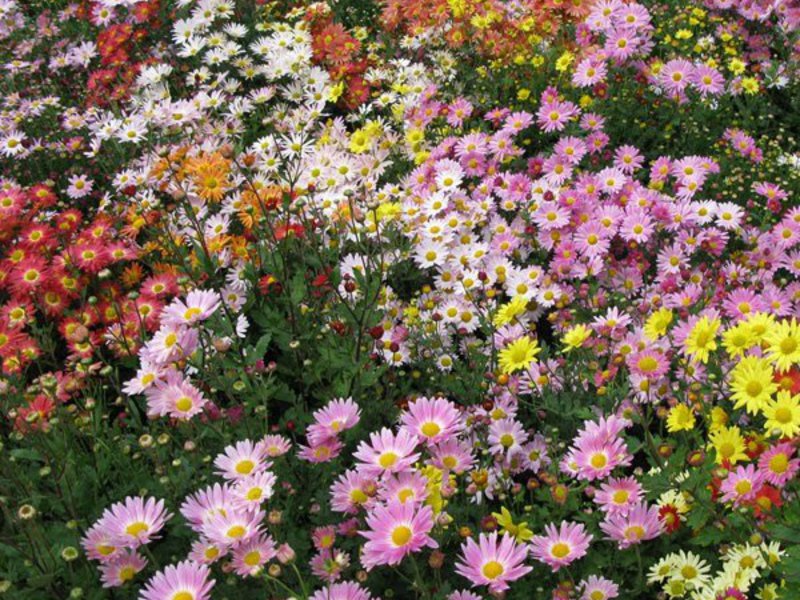
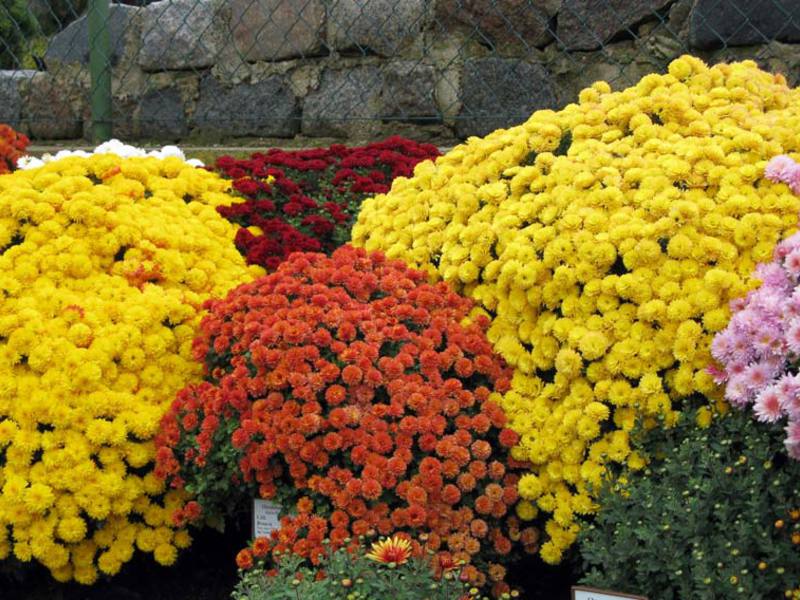
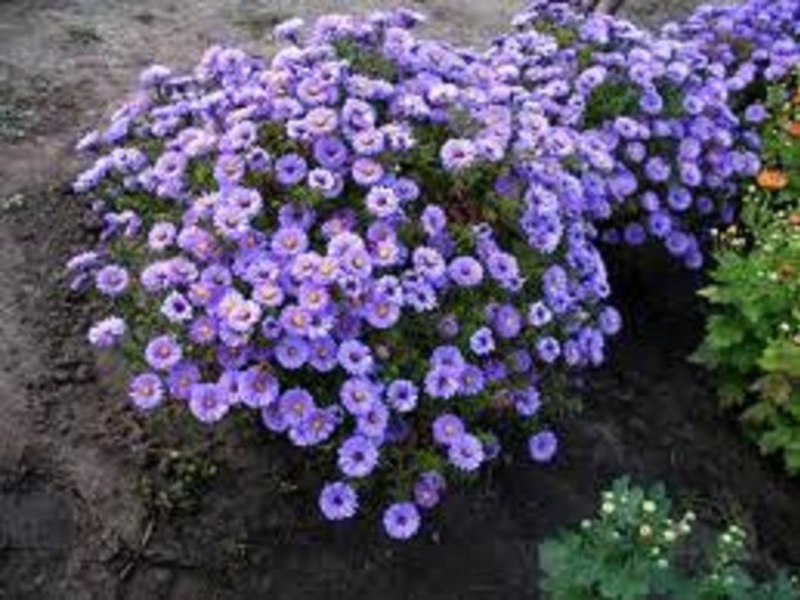

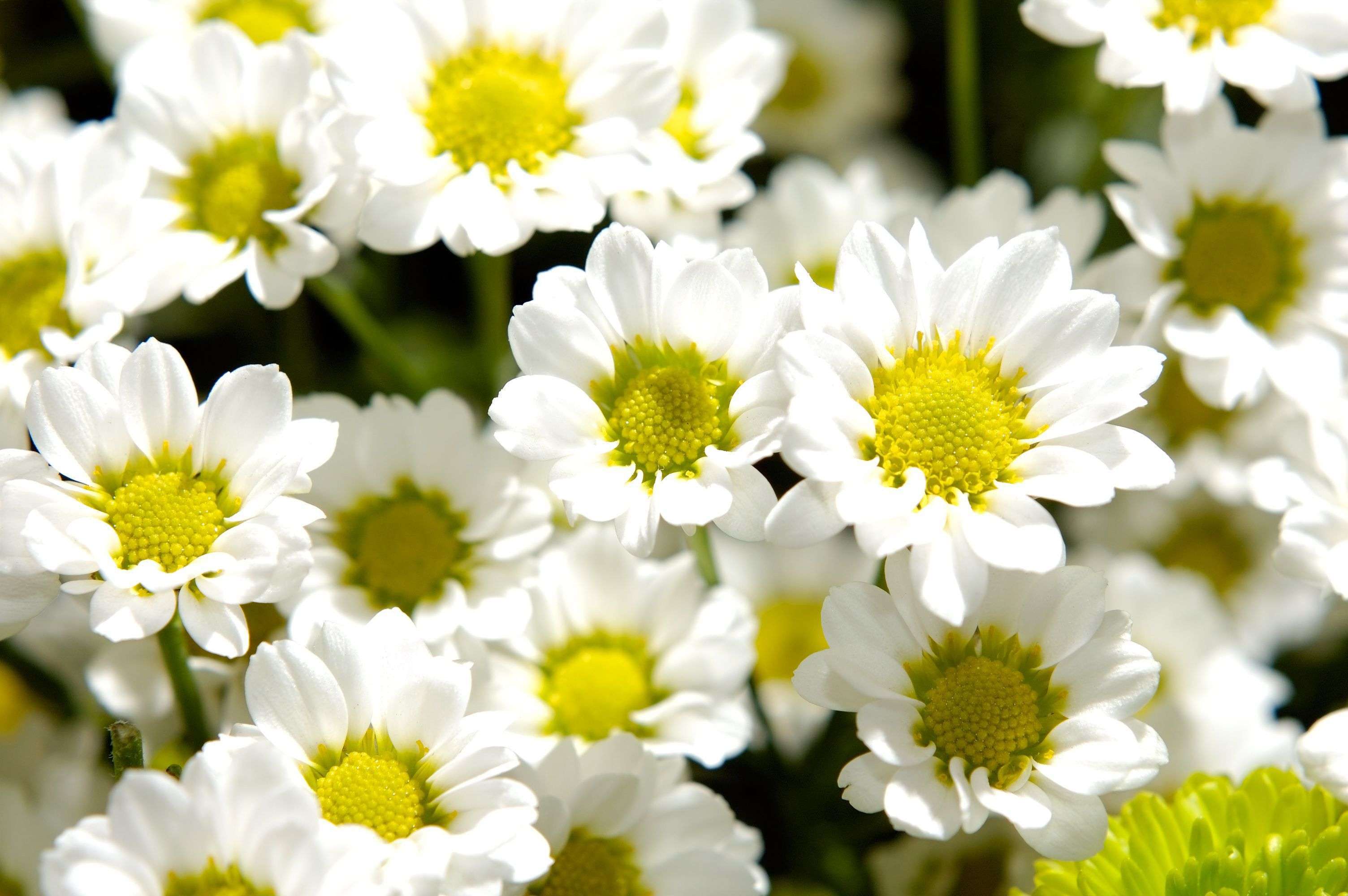

1 comment